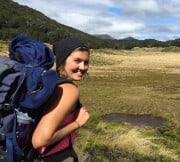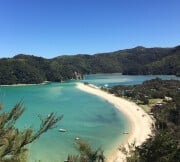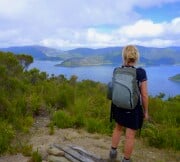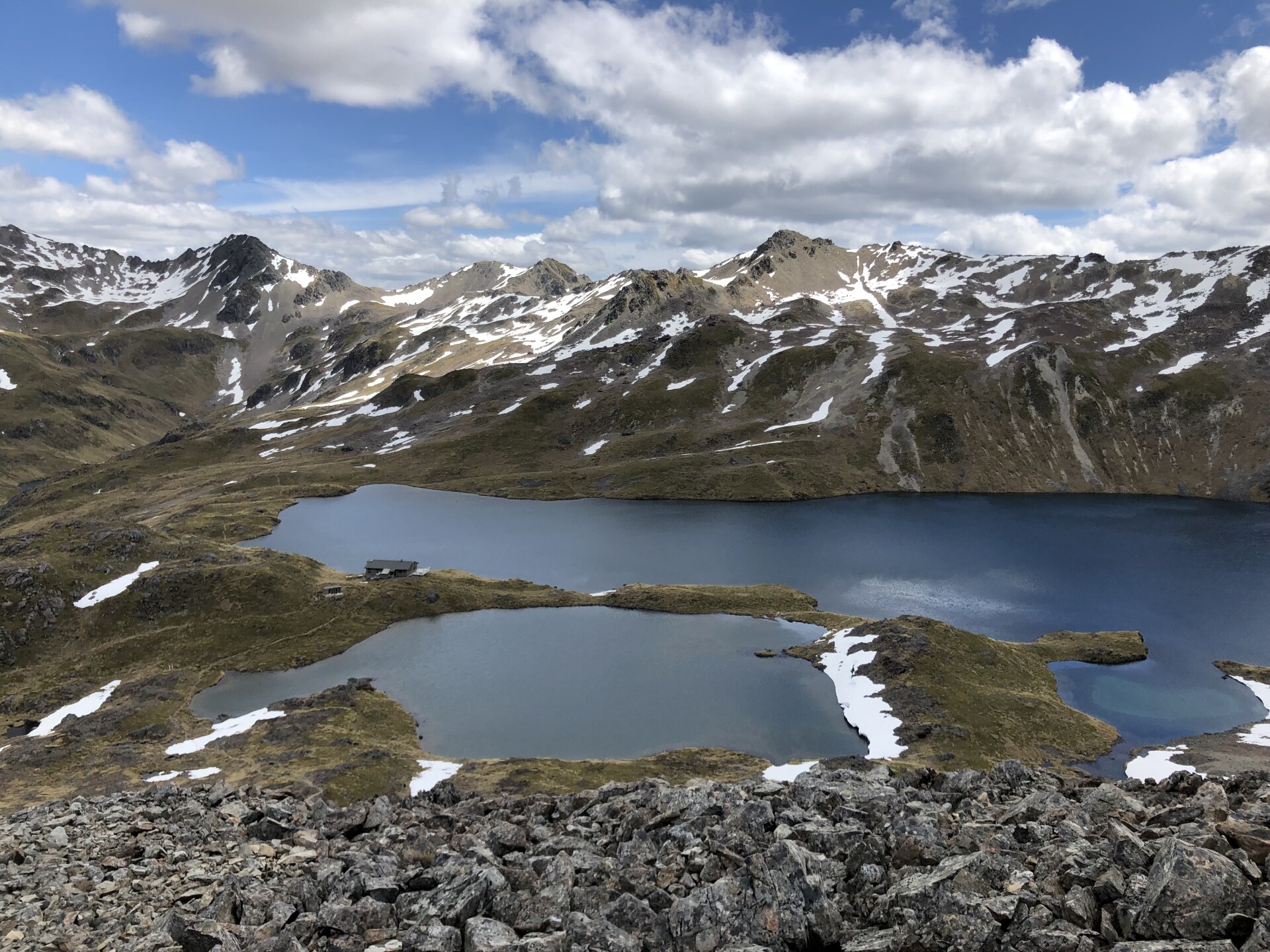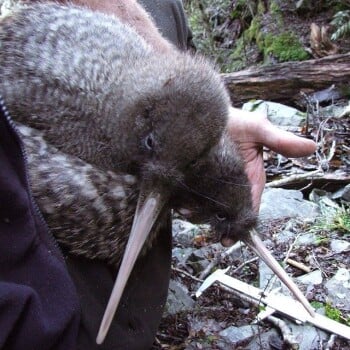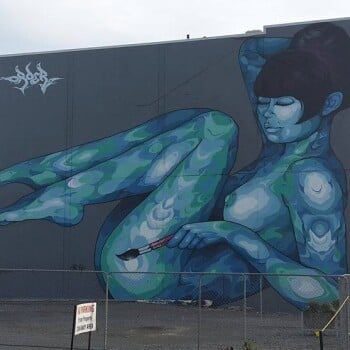
Nelson Lakes National Park

The Nelson Lakes National Park is an enchanting landscape of rugged alpine peaks, forested valleys and stunning glacially sculpted lakes - a compact area which encapsulates all that is special about the awe inspiring Southern Alps which extend south from here. The beautiful lakes Rotoiti and Rotoroa are the main entry points to the park. Both are surrounded by steep mountains and fringed by native honeydew beech forests, which feed a variety of tuneful nectar-eating native birds. They offer easy lakeside walking tracks and access to more challenging valley and alpine hikes. Along with water and snow sports this national park has something on offer for everyone through all seasons.
Interesting facts
- The mountains have been thrust up by continental collision along the Alpine Fault whose trace is evident in the park. Extensive glaciation, erosion and weathering have left a characteristic landscape of steep valley sides, scree slopes, sharp ‘arete’ ridges and many tarn-filled basins. During the last Ice Age the now forested valleys chanelled massive glaciers which gouged out the hollows now filled by the waters of Rotoiti and Rotoroa.
- In Maori legend the lakes were created by chief and explorer Rakaihautu who came to Aotearoa and travelled with his people to the great mountains. With his ko (digging stick) he dug enormous holes that filled with water to become Rotoroa (long lake) and Rotoiti (little lake). Rakaihautu filled them with kai (food) for those who followed. The food – eel, freshwater mussels and waterfowl – was important for Maori travelling the Pounamu (greenstone) trails to and from the West Coast.
- Following the early exploration by Thomas Brunner and his Maori guide Kehu in the 1840’s, European settlers rapidly occupied open land close to Rotoiti for grazing sheep. By the turn of the century people were holidaying on the shores of the lakes and people began to explore the mountains. The scenic values of the mountains and lakes were recognised by the creation of a national park in 1956.
- The park’s forests are dominated by southern beech species. Honeydew found on the beech trees forms as droplets on the end of threadlike tubes that protrude from each tree trunk. It is produced by scale insects, which process the tree sap into pure sugar. For many native birds, lizards and insects, the honeydew is a source of high-energy food.
- Reduced predator numbers in the Department of Conservation’s Rotoiti Nature Recovery Project on the eastern shores of the lake has seen populations of kaka, kakariki and bush robins, as well as reintroduced great spotted kiwi thrive. Take one of the many walks through the project area and you'll see and hear the results of this work; a forest alive with the sights and sounds of birds.

Hiking opportunities
Walking and hiking are the primary reasons to visit Nelson Lakes National Park. Day walkers can follow a network of short tracks to enjoy lake views, birdsong and beech forest. Serious hikers can climb to Lake Angelus on a loop that generally takes 3 days. The Travers-Sabine circuit, which takes about 5 days to complete, includes soaring mountains, remote lakes and an alpine pass.
Hassle-free hiking
Talk to us about ways to easily manage your hiking holiday in the Nelson region.
The Peak Bagger Custom Tour includes the stunning alpine traverse to Lake Angelus. The diversity of this guided alpine and valley hike, including a hut stay, wilderness camp, and water taxi access across Lake Rotoiti, gives a great introduction to the delights of the park. It’s followed with a trip into the distinctive marble karst landscape of Mt Owen in nearby Kahurangi National Park. Go with our itinerary or let us help you with a variation ex Christchurch or Nelson to make the most of this hiker’s paradise in the Top of the South.
Hot Tips
- The village of St Arnaud on the shores of Rotoiti just 1.5 hours drive from Nelson or Blenheim is a comfortable, well-equipped base for visitors. There is a selection of motels and lodges and two camping grounds in St Arnaud, as well as a small but appealing selection of cafés, bars and restaurants.
- Lake Rotoiti and Lake Rotoroa both have a water taxi service, for lake tours or to ferry you to walking tracks at the head of both lakes.
- It’s important to plan, prepare and equip yourself well for trips into the park - the weather can change suddenly in the mountains. Follow the Outdoor Safety Code.

